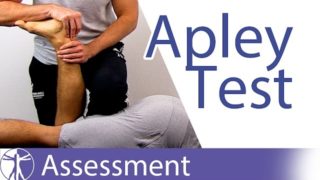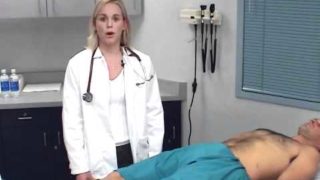Romberg Test – Physical Exam
Romberg test, Romberg’s sign, or the Romberg maneuver is a test used in an exam of neurological function for balance, and also as a test for drunken driving. The exam is based on the premise that a person requires at least two of the three following senses to maintain balance while standing: proprioception (the ability […]
Romberg Test – Physical Exam
Other Videos You Might Like:
Subscribe
Login
0 Comments
Newest




